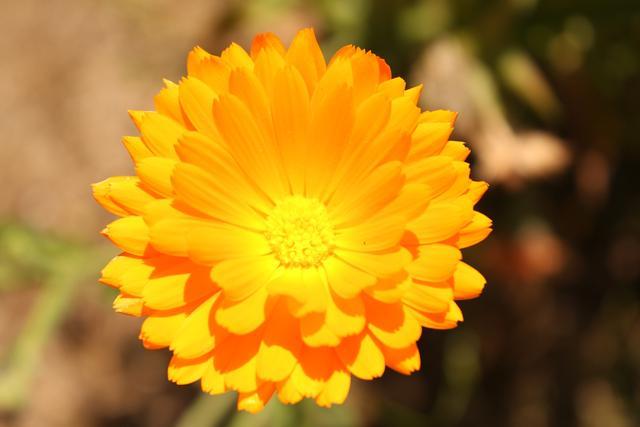Baileya multiradiata seed

Baileya multiradiata (Desert Marigold): Uses and Significance
Baileya multiradiata, commonly known as Desert Marigold, is a striking perennial plant native to arid regions of the southwestern United States and northern Mexico. It is admired for its bright yellow flowers and resilience in harsh desert environments. Here’s a comprehensive look at its applications and importance:
1. Horticultural and Landscaping Use
Desert Marigold is often used as an ornamental plant in xeriscaping and garden settings due to its vibrant blooms, drought tolerance, and ability to thrive in poor, sandy soils. It is ideal for creating colorful groundcover, particularly in desert-themed gardens or low-maintenance landscapes. Its fast growth and long flowering season make it a popular choice among gardeners.
2. Ecological Benefits
This plant provides critical ecological value:
- Pollinator Attraction: It serves as a nectar source for various pollinators, including native bees, butterflies, and birds. For example, it is a host plant for the Dainty Sulphur butterfly and attracts over 40 species of bees, making it an essential part of desert ecosystems.
- seed and Habitat: Birds feed on its seeds, and its presence supports insect biodiversity in arid regions.
3. Cultural and Historical Significance
Baileya multiradiata holds symbolic value in desert cultures and is appreciated for its role in desert resilience. It also symbolizes brightness and beauty in regions known for harsh climates.
4. Environmental and Practical Contributions
- Soil Stabilization: Its roots help stabilize loose desert soils, reducing erosion.
- Low Water Usage: As a drought-tolerant species, it supports sustainable landscaping practices in arid and semi-arid regions.
5. Medicinal and Traditional Uses
While direct medicinal uses are less documented, marigolds in general are known for anti-inflammatory and antiseptic properties. Further studies may reveal more about Desert Marigold’s specific applications.
6. Cautions
- Toxicity Concerns: Although it is not highly toxic, the plant’s sap may irritate the skin or gastrointestinal tract if ingested by pets or humans.
- Invasiveness: In favorable conditions, it can reseed prolifically, which might make it invasive outside its native range.
Cultivation Tips
Desert Marigold thrives in full sunlight with minimal water and well-drained soils. It is low-maintenance but prone to crown rot in overly wet conditions. Deadheading its flowers promotes longer blooming and tidier appearance in gardens.
Baileya multiradiata represents a perfect balance of aesthetic appeal, ecological functionality, and adaptability, making it a beloved plant in desert regions.
